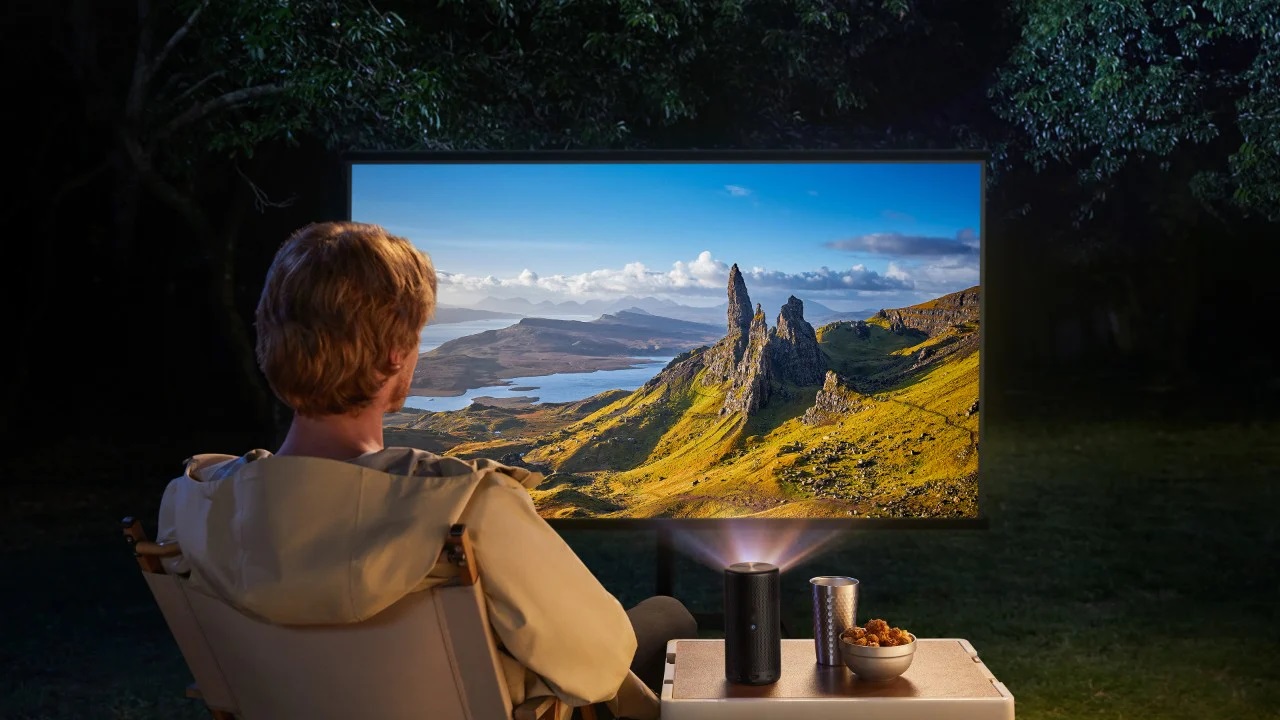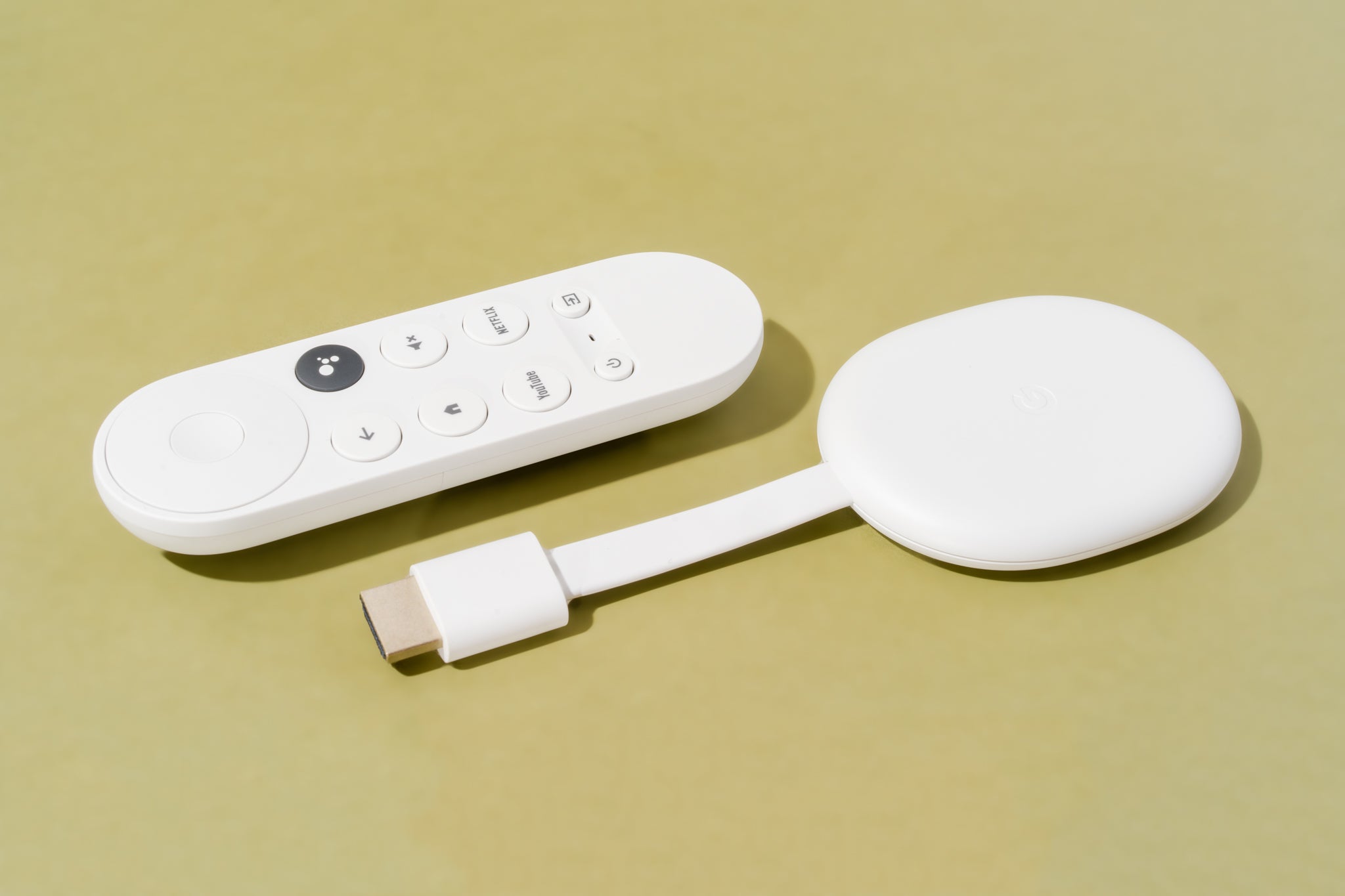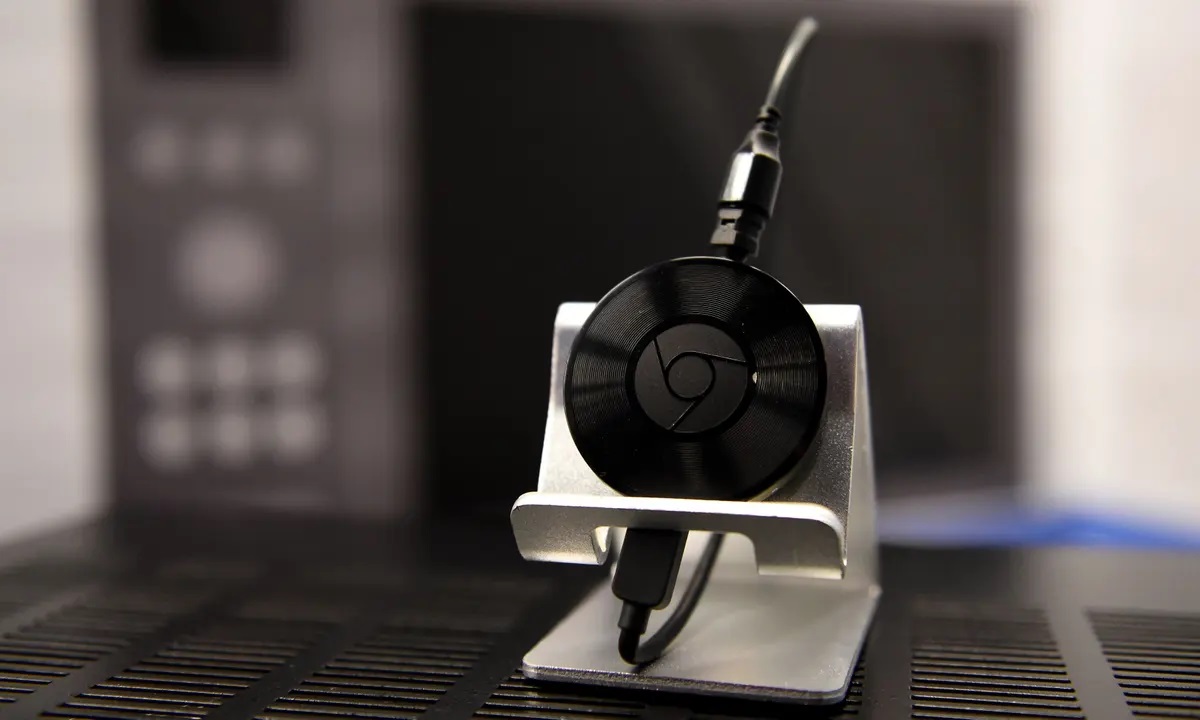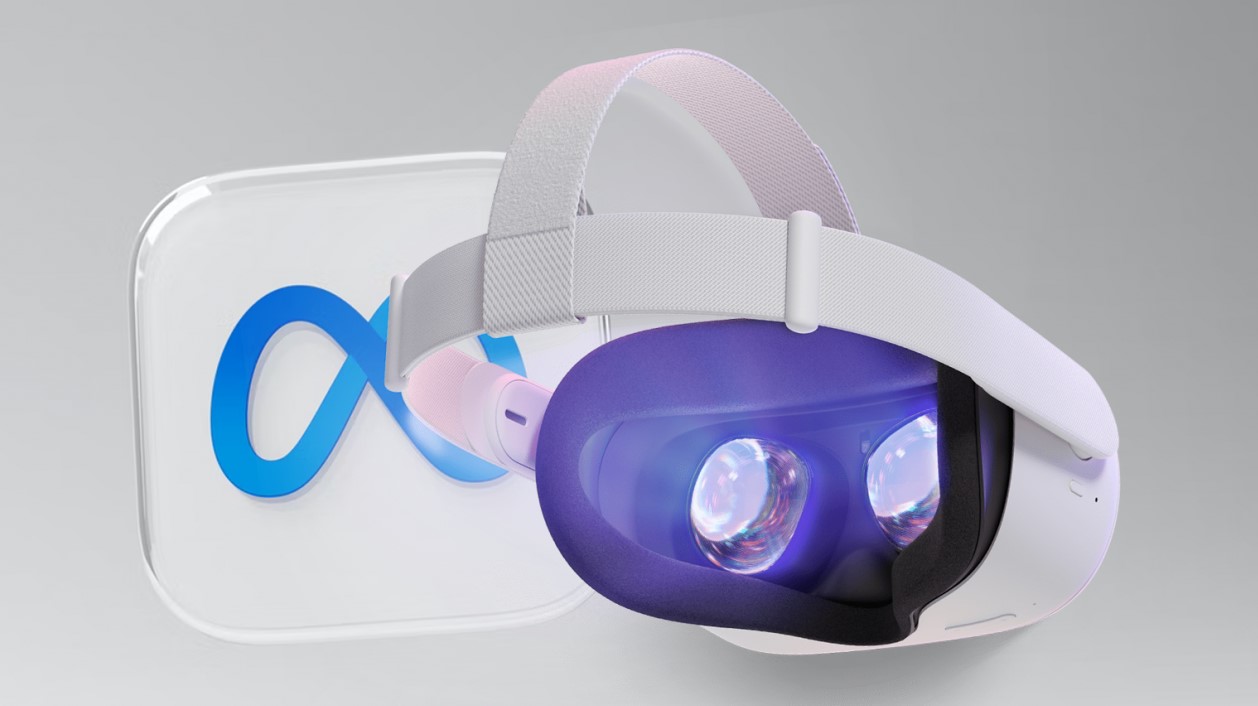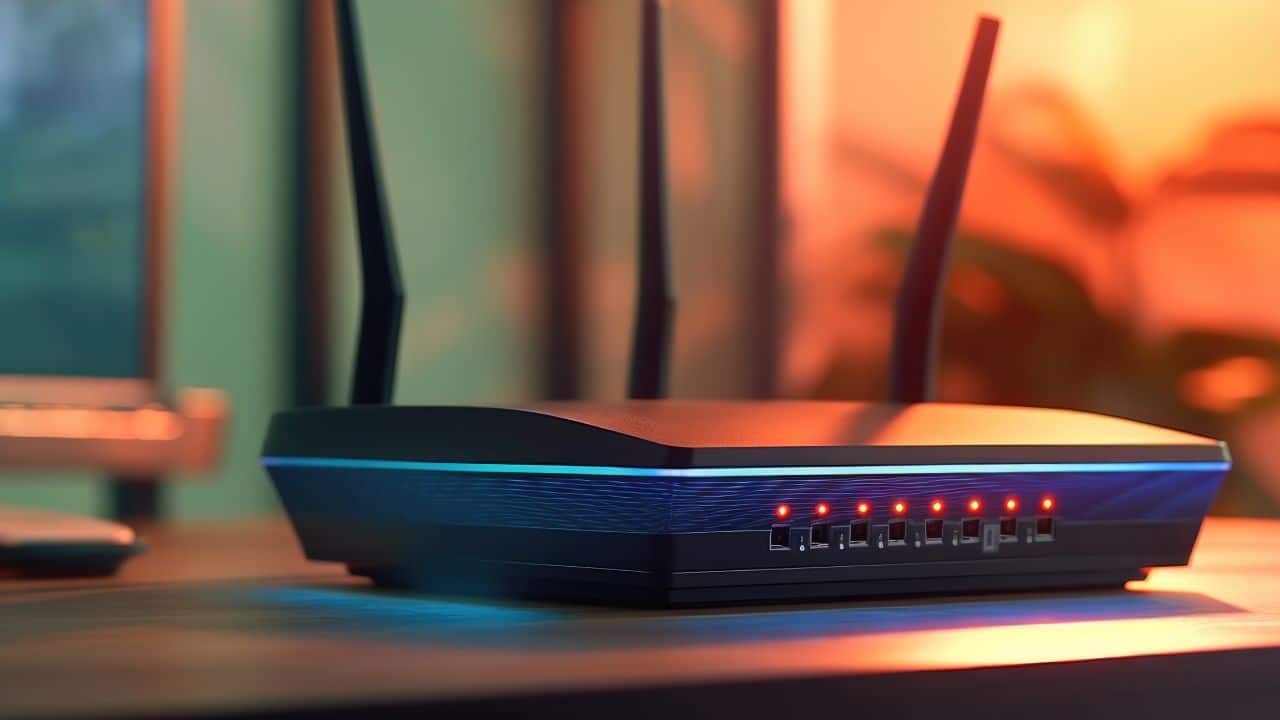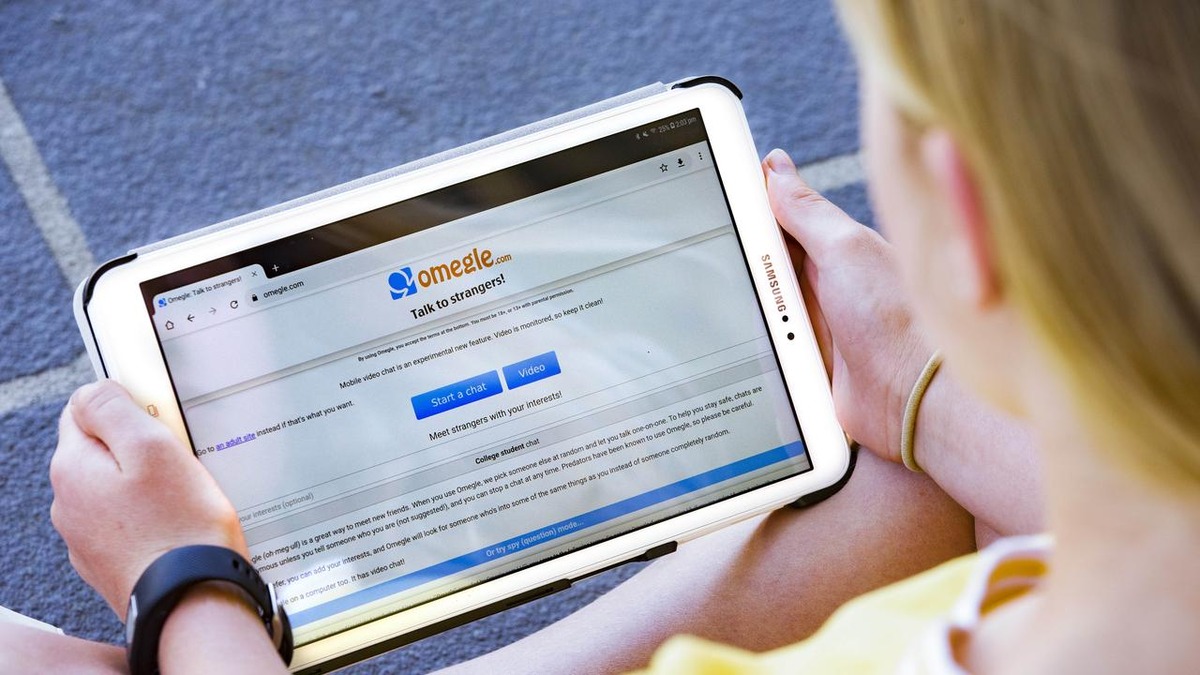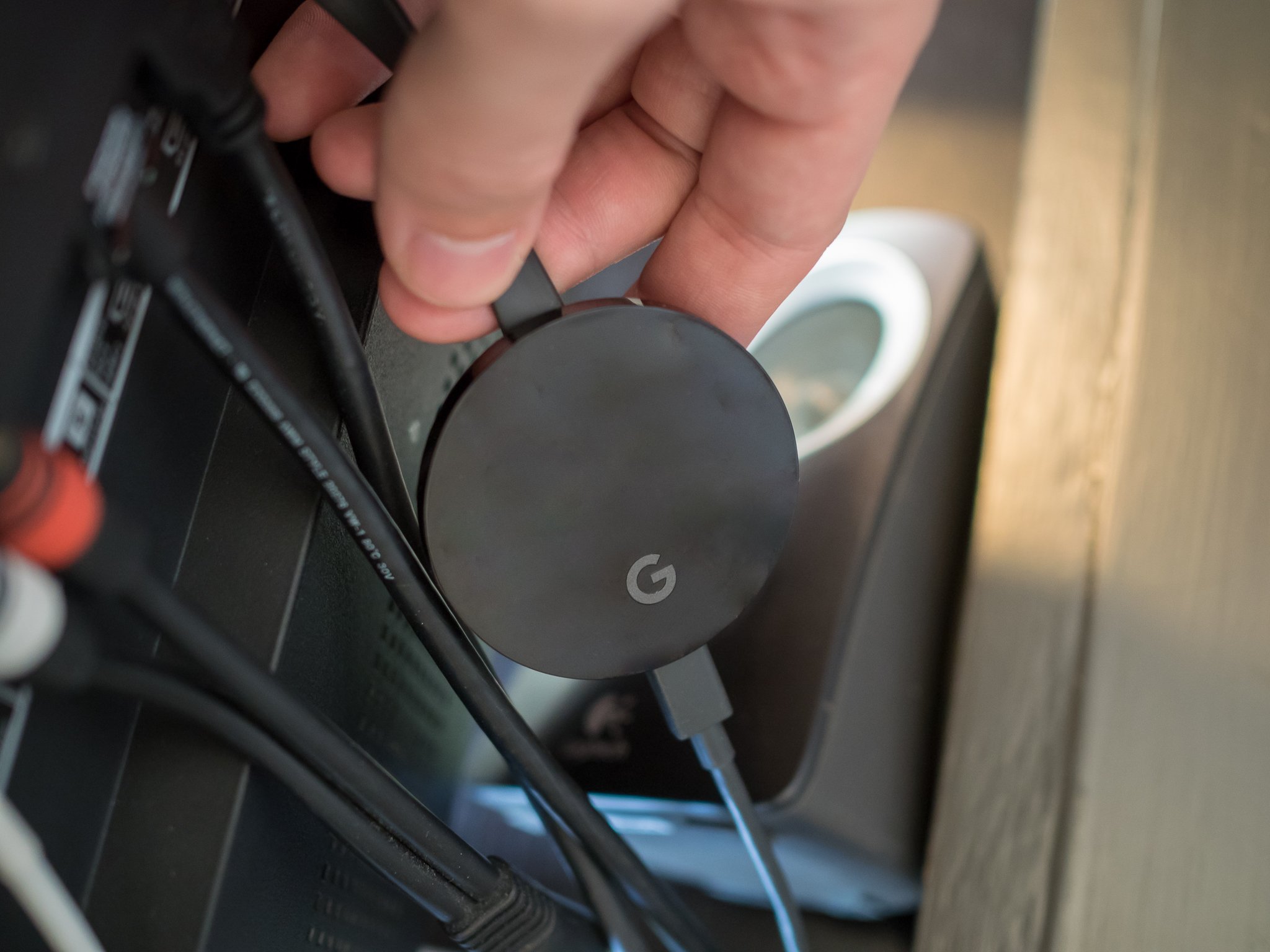

Gadgets
Exploring the Ports of Chromecast
Modified: September 5, 2024
Discover the latest gadgets and explore the ports of Chromecast. Learn about the connectivity options and features of this popular device. Unlock the potential of your entertainment setup with our in-depth guide.
(Many of the links in this article redirect to a specific reviewed product. Your purchase of these products through affiliate links helps to generate commission for Techsplurge.com, at no extra cost. Learn more)
Table of Contents
Introduction
Chromecast, Google's popular streaming device, has transformed how we consume media on our TVs. With its sleek design and seamless integration with various streaming services, Chromecast has become a staple in many living rooms. One critical aspect of any electronic device is its ports, which determine how we can interact with and use the device. This article will cover the ports of Chromecast, exploring their functions, uses, and potential limitations.
Overview of Chromecast Ports
Chromecast devices, including the latest models like Chromecast with Google TV and the older Chromecast Ultra, typically come with a few key ports. These ports are essential for connecting your device to other peripherals and for ensuring smooth operation.
HDMI Port
The HDMI port is the most prominent port on any Chromecast device. It connects the Chromecast to your TV, supporting both HDMI 1.4 and HDMI 2.0 standards, depending on the model. This means high-definition video and audio streaming is easily achievable. The HDMI port also supports ARC (Audio Return Channel), allowing audio signals to be sent from your TV back to your soundbar or home theater system, eliminating the need for separate audio cables.
HDMI Version Differences
- HDMI 1.4: Supports up to 4K resolution at 30 frames per second (fps) and 1080p at 60 fps. It also supports 3D video and audio return channel (ARC).
- HDMI 2.0: Supports up to 4K resolution at 60 fps and 1080p at 120 fps. It also supports HDR (High Dynamic Range) and multi-stream audio.
USB-C Port
The USB-C port is another essential port found on newer models of Chromecast, such as the Chromecast with Google TV. This port is used for power input and data transfer. It supports USB Power Delivery (PD), which allows for faster charging and power delivery. The USB-C port also supports data transfer, making it easier to update your device's firmware or transfer files.
USB-C Power Delivery
The USB-C port on Chromecast devices supports up to 18W of power delivery, sufficient for charging the device quickly. This feature is particularly useful if you're using a power bank or an external power source.
Micro-USB Port
Older models of Chromecast, such as the original Chromecast and Chromecast 2, use a micro-USB port for power input. This port is less common in newer devices but still useful for those who have older models.
Micro-USB Limitations
The micro-USB port has some limitations compared to the USB-C port. It does not support USB Power Delivery, which means that charging times may be longer. Additionally, the micro-USB port is more prone to wear and tear, which can affect its lifespan.
Read more: Exploring the Top Apps for Chromecast Ultra
Ethernet Port
Some models of Chromecast, like the Chromecast Ultra, come with an Ethernet port. This port allows you to connect your device directly to your router via an Ethernet cable, providing a stable and fast internet connection.
Ethernet Port Benefits
Using an Ethernet connection can significantly improve your streaming experience by reducing latency and ensuring a stable internet connection. This is particularly beneficial for applications that require low latency, such as online gaming or video conferencing.
Connectivity Options
Chromecast devices offer various connectivity options to ensure that you can stream content from multiple sources. Here are some of the key connectivity options available:
Wi-Fi Connectivity
Chromecast devices support dual-band Wi-Fi connectivity, allowing you to connect to both 2.4 GHz and 5 GHz networks. This feature ensures that you can stream content smoothly, even in areas with multiple devices competing for bandwidth.
Wi-Fi Network Selection
When setting up your Chromecast, you can choose between different Wi-Fi networks. This flexibility is useful if you have multiple networks available or if you need to switch between networks for better performance.
Bluetooth Connectivity
Some Chromecast models, such as the Chromecast with Google TV, support Bluetooth connectivity. This feature allows you to connect your device to Bluetooth speakers or headphones, enhancing your audio experience.
Bluetooth Limitations
While Bluetooth connectivity is convenient, it has some limitations. For example, Bluetooth audio may experience latency, which can be noticeable during video streaming. Additionally, Bluetooth range can be limited, affecting the overall performance.
Powering Your Chromecast
Powering your Chromecast is crucial for its operation. Here’s how you can power your device using the available ports:
Powering via HDMI
Some TVs have built-in HDMI ports with power delivery capabilities. If your TV supports this feature, you can power your Chromecast directly through the HDMI port without needing an additional power source.
HDMI with Power Delivery
This feature is particularly useful if you have limited space or prefer a clutter-free setup. However, not all TVs support this feature, so it’s essential to check your TV’s specifications before relying on it.
Powering via USB-C
The USB-C port on newer models of Chromecast supports USB Power Delivery, making it easy to power your device using a USB-C cable and a power adapter.
USB-C Power Adapter
Using a USB-C power adapter is straightforward. Simply plug the adapter into a wall outlet and connect the other end to your Chromecast via the USB-C port. This method ensures that your device is charged quickly and efficiently.
Powering via Micro-USB
Older models of Chromecast use a micro-USB port for power input. You can use a standard micro-USB cable and a power adapter to power your device.
Micro-USB Power Adapter
When using a micro-USB cable and power adapter, ensure that the adapter is rated for at least 5V and 1A to provide sufficient power for your device. However, keep in mind that micro-USB ports do not support USB Power Delivery, which may result in longer charging times.
Tips for Using Your Chromecast
- Optimize Your Wi-Fi Network: Ensure that your Wi-Fi network is stable and fast to avoid buffering issues.
- Use Ethernet for Stable Connection: If possible, use an Ethernet connection for a stable and fast internet connection.
- Update Firmware Regularly: Regularly update your Chromecast’s firmware to ensure you have the latest features and security patches.
- Manage Multiple Devices: If you have multiple devices connected to the same network, manage them effectively to avoid bandwidth congestion.
- Choose the Right Power Source: Use the appropriate power source based on your Chromecast model to ensure efficient charging and operation.
By following these tips and understanding the ports on your Chromecast device, you can enhance your streaming experience and get the most out of your device.

